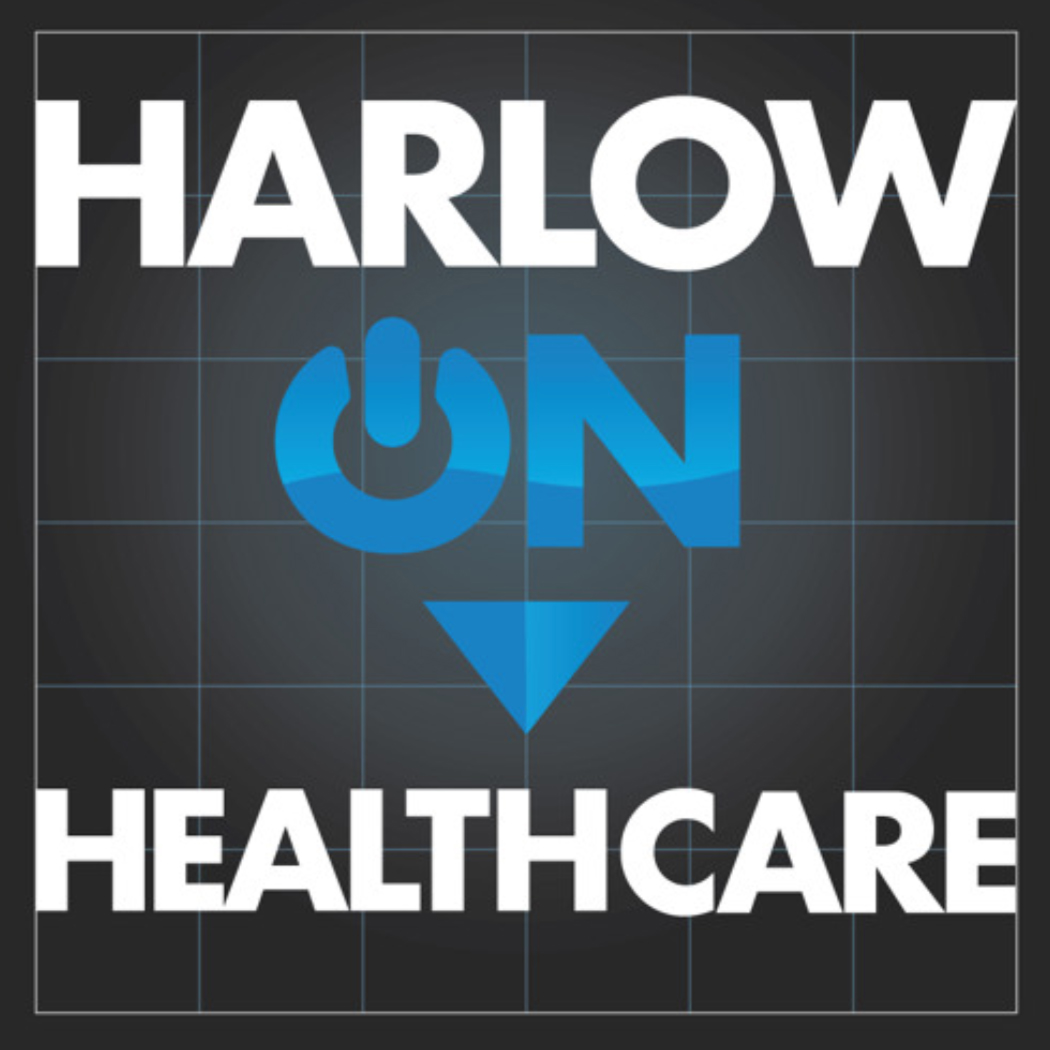So Microsoft beat Google to the punch with HealthVault, an online personal health record (PHR) system that allows for the uploading of health data and sharing it with family members, health care providers, etc.
This is a great day for Health 2.0, consumer control of their medical information, etc., right? A ton of ink and pixels have been spilled already, and will continue to be spilled, debating the merits of the platform, its security, its interoperability, its privacy controls, its continued replacement of the PCP with PC.
While I don’t want to seem like a total curmudgeon, I think that it demonstrates yet another dimension of the breakdown of the U.S. health care system.
The foundation of HealthVault, as a business, appears to be the fact — or perception — that it is unreasonable to expect that health care providers will communicate with each other and with their patients openly and fully.
Why wouldn’t Microsoft — which bought an EHR company not too long ago — develop a "universal translator" to ensure interoperability of EHR systems, and assist EHR compliance with CCHIT interoperability standards, rather than embracing the consumer-focused ad-driven Google model? (Who knows? Maybe Microsoft is doing both.)
Are providers and payors working to create, enforce and promote performance standards focused on communication? Let’s hope that they are — perhaps with Microsoft working with them as a vendor — so that personal health does not become dependent on an ad-supported web portal.



David – I head that HITSP (www.ansi.org/hitsp/) found over 700 standards for storing or transmitting health data… and that does not include all the other data being stored or transmitted in non-standard formats. The best approach is not to require a universal translator, however ideal that would be. Better would be that providers just provide patients access to their own data in some, any, structured format. Over time utilities will spring up to inter-operate between them (think of the Quicken standards for financial data).
My hope is Google gets their product launched fast, so that Microsoft doesn’t become the effective monopoly for health data that Quicken is for finance data. One reason to think this will never happen is that I for one have NO PLANS to give Microsoft my medical info. At least with a Quicken model you have a private store on your own PC.
hi
I have been involved in a new process that others may be doing. I am advocating for patients and families that disagree with the treatment that they receive from hospitals. Rather than getting locked into an intractable conflict, we organize an “ethical” case conference and review of the case. No lawyers are invited. The process involves a clinical review of the case and we use a 12 point scorecard. The hospital is given an opportunity to score themselves. This allows the two parties to understand what is not working. The intent is for the hospital to improve their scorecard ranking in the future. I have done in the past and it has worked well to change the course of the care of the patient unless the hospital “ducks”. Anyone else doing this out there?
I like Ray’s example of communication between patient and provider. I’ll bet that many hospitals (I know of more than a few personally) have processes available to resolve differences between patients (and their families) and their health care providers. To the extent this can be “baked in” to hospitals’ standard operating procedures, open communication and patient satisfaction will improve.